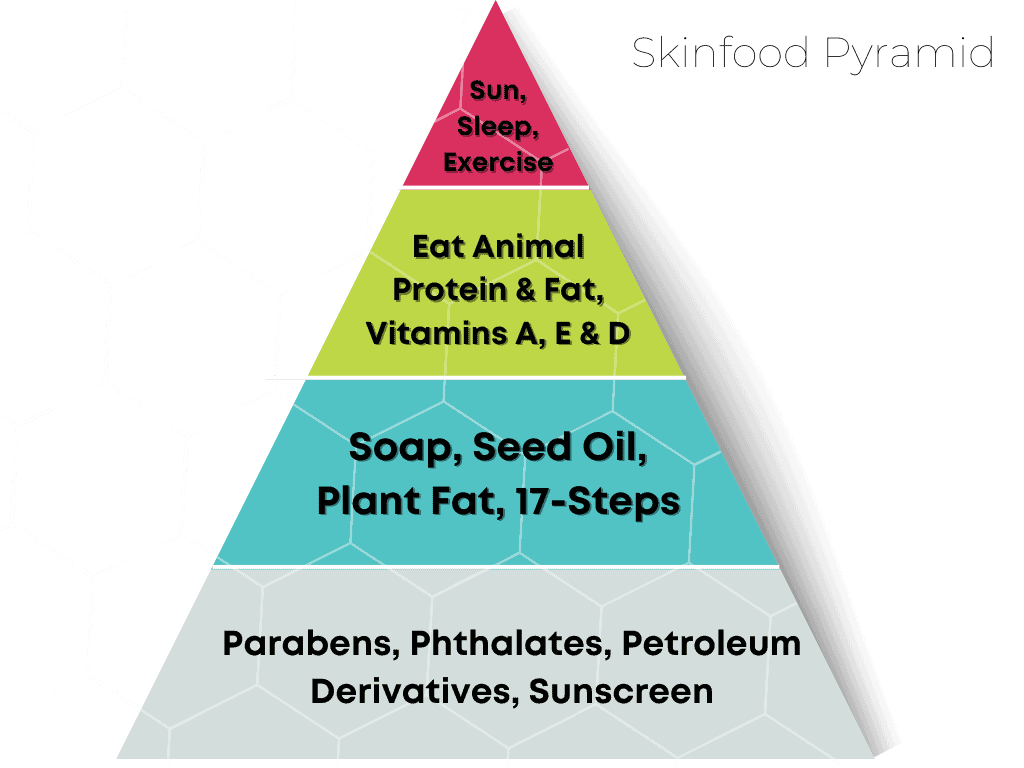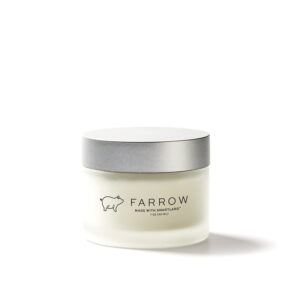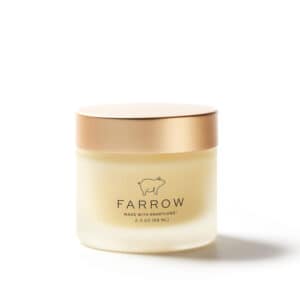Time to INVERT the Skin-Food Pyramid
You know about the Food Pyramid—right? Dietary guidelines in the US date back to the late 1800’s with things becoming more formalized in the 1940’s.
In 1992, the US Department of Agriculture updated these guidelines in a manner that formed a pyramid shape, and the US Food Pyramid was born. These recommendations have had frequent updates and tweaks. Throughout its history, the Food Pyramid’s foundation was built on the consumption carbohydrates (sugar). Early renditions were based on the following allocations:

5% of Calories from Fat, Oil, Sugar & Sweets
20% of Calories from Meat, Fish, Milk & Eggs
35% of Calories from Fruits & Vegetables
40% of Calories from Bread, Legumes, Pasta & Cereal (Grains & Beans)
With over 40 years of the Food Pyramid, how are we doing with health and managing disease? According to the CDC…
- Adult Obesity Rates have doubled in that time (from roughly 20% to over 40%)
- Childhood Obesity Rates (ages 2-19) nearly Tripled since 1980 (from 6% to over 17%)
Have you ever heard anyone say that to be healthy you should INVERT the food pyramid? In other words, limit carbohydrates and emphasize healthy fats, meat, eggs and dairy!!! I can tell you from over 15-years in the nutrition/dietary advice field—this works. If you have explored any of the protocols that prioritize meat, eggs, and healthy fats; you’re aware of the benefits.
How Can We Apply this to Skincare?
Although the FDA hasn’t formally published a pyramid for skin health, it’s not hard to draw some parallels and comparisons from the USDA’s failed efforts. Here is my best stab at categorizing the prevailing skincare protocols espoused by the “experts”:

5% of your Skin Health: Sunshine (or avoidance thereof), Hydration, Sleep, Exercise
20% of your Skin Health: Vitamins A, E & D, Animal Protein & Fat
35% of your Skin Health: Soaps, Water (in skincare), Seed Oil, Plant Fat, Fancy 17-step Routines
40% of your Skin Health: Parabens, Oxybenzone, Phthalates, Petroleum Derivatives
Now Let’s Invert this with a bit of Explanation!
5% of your SkinFood Diet: Parabens, Oxybenzone, Phthalates, Petroleum Derivatives
Many of these compounds (and we’re just naming a FEW) are endocrine disruptors and kill the natural microbiome that inhabit our skin and gastro-intestinal tract. Parabens, as an example, are estrogen signaling compounds. We all need estrogen…but we don’t need it artificially impacted by chemicals in our skincare.
“We all need estrogen… but we don’t need it artificially impacted by chemicals in our skincare.”
This may sound pessimistic, but I just don’t see how complete avoidance of these various preservatives and compounds is practical or achievable for most folks. As much as I would like this number to be 0%, seems best to limit exposure to accidental and intermittent. In addition to Skincare, there are many compounds used in clothing today that are highly toxic and disruptive to our endocrine system. You can certainly remove these chemicals from your skincare routine—thereby reducing your frequency and level of exposure.
20% of your SkinFood Diet: Soap, Water, Seed Oils, Plant Fats, and 17-Step Routines
We use soap and chemical cleaners way too much. You’re stripping away the natural oils and microbiome on your skin. This causes added drying and ages your skin faster. As for Water, drink your water. The only time it belongs on your skin are during swimming, baths, showers and general washing. Often, there are chemicals in water that can dry out your skin. Most common culprit would be chlorine or other cleaning agents found in municipal water supplies. Most folks can’t afford the fancy filtration systems needed to eliminate these chemicals.
As for seed oils- just NO.
As for seed oils—just NO. Regarding plant-based fats, there is known benefit to the skin. Most common plant oils to nourish skin are jojoba, sweet almond, lavender and carrot seed oil. These oils are best viewed as an added benefit to the carrier oils in skincare…think of these plant oils as the “salt & butter” on a steak. What you need is the steak, the spices and butter just make it more enjoyable. For crying out loud, please stop using coconut oil for skin. It just sits on the surface and clogs pores—you’re not a coconut.
Big skincare wants you committed to a multi-step routine to look your best. Steps/routine are important; you really only need 4-5 steps. Step 1—don’t eat shit. Step 2—get 7+ hours of sleep. Step 3—stay hydrated by drinking plenty of water. Step 4—apply Farrow morning or evening…or both. Step 5—Repeat!

35% of your SkinFood Diet: Retinol, Alpha-Hydroxy Acids, Hyaluronic Acid
These are all just fancy words for the Vitamins and Minerals your skin craves to be healthy. Many of the “fancy terms” are just wordsmithing for naturally occurring compounds that are good for skin. You SHOULD be getting your skin plenty of Vitamin A (Retinol).
Hyaluronic Acid (HA) is a substance naturally produced by your body. Instead of paying for synthetic HA, why not use skincare products that don’t blunt the natural production of such things. Industrial skincare interferes with so many of the body’s natural systems for ultimate health.

Alpha-Hydroxy Acids (AHAs) are a funny one. Naturally occurring compounds that are used as exfoliants to remove dead skin from our outer layer. Here is a novel idea, how about feeding your skin properly so that it’s not dying all the time? Reducing the need for constant exfoliation seems like a smarter approach.

Copious amounts of animal fat. Here at Farrow, we lead with Lard. Saying that, the foundation of optimal human skin is built on using the fat from properly raised animals to moisturize our skin. Lard and Leaf Lard from happy pigs; Tallow from a variety of ruminant species (cows, bison, elk, sheep, goat and deer) raised properly are going to be MUCH more aligned with human biology than any plant-based fat on the market. Eat your coconuts and lather with lard/tallow. Seed oils are for SUCKERS.
40% of your SkinFood Diet: Sunshine, Hydration, Sleep, Exercise
This right here is something you’re simply NOT going to hear from any dermatologist, aesthetician, or multi-national cosmetics company. The foundation for your skin’s optimal health has nothing to do with the products you put on your skin. We’ve been taught to fear the sun. Fear is the wrong word—we should respect the sun. Could spend an entire blog on this subject…oh wait, we already did.

Bottom line—we need to respect that full sun exposure during the hottest parts of the day isn’t a great idea. Respect the sun. It will burn you. Don’t fear it, embrace it. Good rule of thumb, if your shadow is shorter than you, the sun intensity is enough to burn you. Instead of lathering up with SPF—consider wearing a hat and some lightweight clothing during these intense times of day. Be smart and love the sun.
Hydration is key. Your body is up to 75% water. A good rule of thumb is drinking half your bodyweight in ounces of water each day. We don’t list it here, but you should also make sure you’re getting enough electrolytes, preferably from a quality source like LMNT Salts.
Prioritizing at least 7 hours of sleep, preferably 8, is a great way to set up your body and brain to have optimal skin. All the healing and repair from the day is done during sleep. Adequate sleep is the foundation of skin and metabolic health.
Finally, our skin health needs you exercising. Ideally, you’re getting 20-30 minutes of cardiovascular exercise 3-4 days a week. Additionally, having a modest weightlifting routine is incredible for keeping your skin healthy. Bolstering your metabolism and sweating several days a week is so beneficial to your skin—in addition to your overall health.
It’s Time to Invert the SkinFood Pyramid and Thrive!
